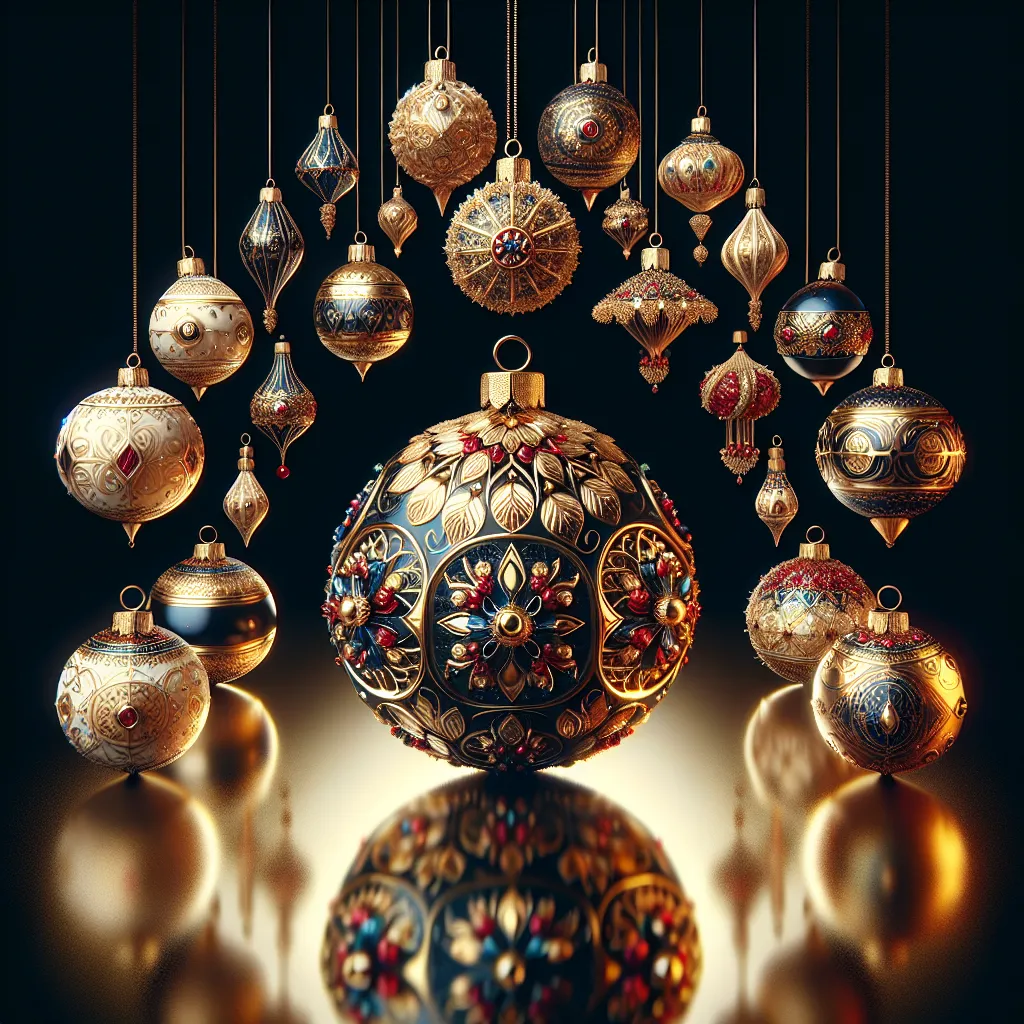Traditional Bauble Designs: A Timeless Heritage
Traditional Bauble Designs: A Timeless Heritage
When it comes to the evolution of bauble designs, one cannot overlook the enduring charm and allure of traditional bauble designs. These timeless pieces of art have been an integral part of festive decorations for centuries, carrying with them a rich heritage and cultural significance.
Traditional bauble designs are characterized by their classic forms, often featuring intricate patterns, vibrant colors, and exquisite craftsmanship. These ornaments hold a special place in the hearts of many, evoking nostalgia and a sense of tradition. From hand-blown glass baubles to delicately painted wooden ornaments, each design encapsulates the craftsmanship and artistry of generations past.
Furthermore, traditional bauble designs often draw inspiration from cultural motifs, folklore, and religious symbolism, adding layers of meaning to their aesthetic beauty. Whether it’s the iconic red and green color palette symbolizing Christmas or the use of gold and silver accents denoting prosperity and good fortune, these designs resonate with the deeper cultural narratives of the communities that created them.
As we look to the future of bauble designs, it’s crucial to recognize the importance of preserving and celebrating these traditional designs. They not only adorn our festive settings but also serve as a link to our cultural heritage, reminding us of the craftsmanship, artisanship, and cultural nuances that have shaped these timeless bauble designs.
In the fast-paced world of design trends, traditional bauble designs stand as a testament to the enduring legacy of our cultural heritage, transcending time and fads to remain a cherished part of our festive traditions.
Modern Trends in Bauble Design: Breaking the Mold
Modern trends in bauble design have revolutionized the way we perceive and wear jewelry. Traditional baubles were often characterized by symmetrical and predictable designs, but contemporary jewelry has broken free from these constraints, embracing asymmetry, bold shapes, and unconventional materials. One of the most notable modern trends is the emphasis on sustainability and ethical sourcing, leading to the use of recycled metals, lab-grown gemstones, and eco-friendly materials.
Furthermore, modern bauble designs often reflect cultural fusion, incorporating elements from diverse traditions and global influences. This approach has given rise to unique and refreshing designs that celebrate diversity and inclusion. Additionally, technology has played a significant role in modern bauble design, enabling the creation of intricate patterns, 3D-printed jewelry, and innovative techniques that were once unimaginable.
In the contemporary landscape, personalization and customization have become key trends, allowing individuals to express their unique style and story through bespoke baubles. This shift towards individuality has spurred the popularity of one-of-a-kind pieces and the resurgence of artisanal craftsmanship.
Overall, modern bauble design has transcended conventional norms, offering a wide spectrum of creative expression and pushing the boundaries of what constitutes jewelry. As the evolution of bauble designs continues, we can anticipate even more daring and innovative trends that will shape the future of the jewelry industry.
The Future of Bauble Design: Innovations and Inspirations
The future of bauble design holds a world of possibilities, as innovative techniques and inspirations continue to shape the evolution of these decorative accessories. With advancements in technology and a growing emphasis on sustainable materials, the next generation of bauble designs is set to merge traditional elements with trendsetting innovations. From 3D printing to sustainable materials like recycled glass and upcycled metals, the future of bauble design is poised to embrace a balance between modern aesthetics and eco-conscious practices. Moreover, the influence of cultural and artistic inspirations from around the globe is expected to play a pivotal role in shaping the designs of tomorrow, offering a diverse array of styles and motifs that resonate with a global audience.
